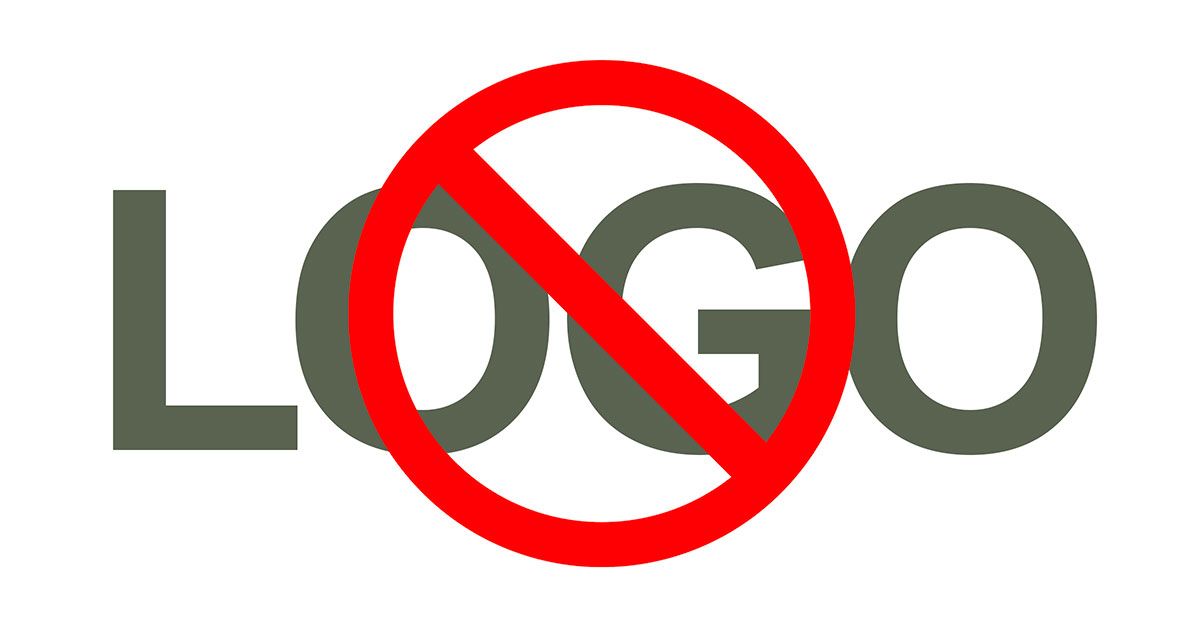Marketing Misconceptions
“Our logo is our brand.”
There is a lot of confusion about the difference between a logo and a brand. Quite often, when someone is asked about their brand, they point to the company’s logo. So, is the logo the soul and substance of the company’s brand?

Let’s clear up the confusion. A logo is an important component of the brand, but it is not the brand itself. Yes, the logo belongs to the overall brand but the brand is not simply the logo. That last sentence probably did nothing to clarify the matter. I think some definitions might help.
A logo is a symbol or a reminder of your brand. Your brand, according to Seth Godin, is “the set of expectations, memories, stories and relationships that, taken together, account for a consumer’s decision to choose one product or service over another.” Your brand is represented by three unique parts, or the three “P’s”:
- Presentation
- Name
- Logo
- Colors
- Products/Services
- Perception
- Positive associations
- Negative associations
- Promises
- Personality
- Traits the brand elicits
- How the brand presents itself
So once we are clear on what the brand is, it is important to understand what the expectations are for a company’s brand. There are two purposes the brand supports. For the consumer, it reduces perceived risk (psychological and functional) by providing a “promise” to the consumer as to what they can expect if they engage with that brand. Along those same lines, it also makes the decision making process easier for the consumer by communicating what the product or service is and does. Finally, brands are more and more becoming a method of “self-expression” for the consumer by “making a statement” on behalf of the person who chooses that particular brand’s product or service. For the firm, it provides structure for pricing their products and services. It also can increase the barriers of entry for competitors and provide leverage for the brand in the distribution channel.
The brand must first and foremost answer the question “Who are you?” to the consumer. Every brand has a unique and distinct identity, whether that identity was formed purposefully or simply came about organically. Ultimately, consumers need to know what the brand promises and what the company behind it stands for. The company gives credibility to the brand when its products or services fit the expectations associated with the brand promise. By the same token, a company can create confusion and damage the brand when it fails to deliver on its brand promise.
In summary, the brand is much more than just a logo. By taking into account the three characteristics that make up the brand identity, a company can develop a strong relationship with its customers and can sustain consistent levels of growth.